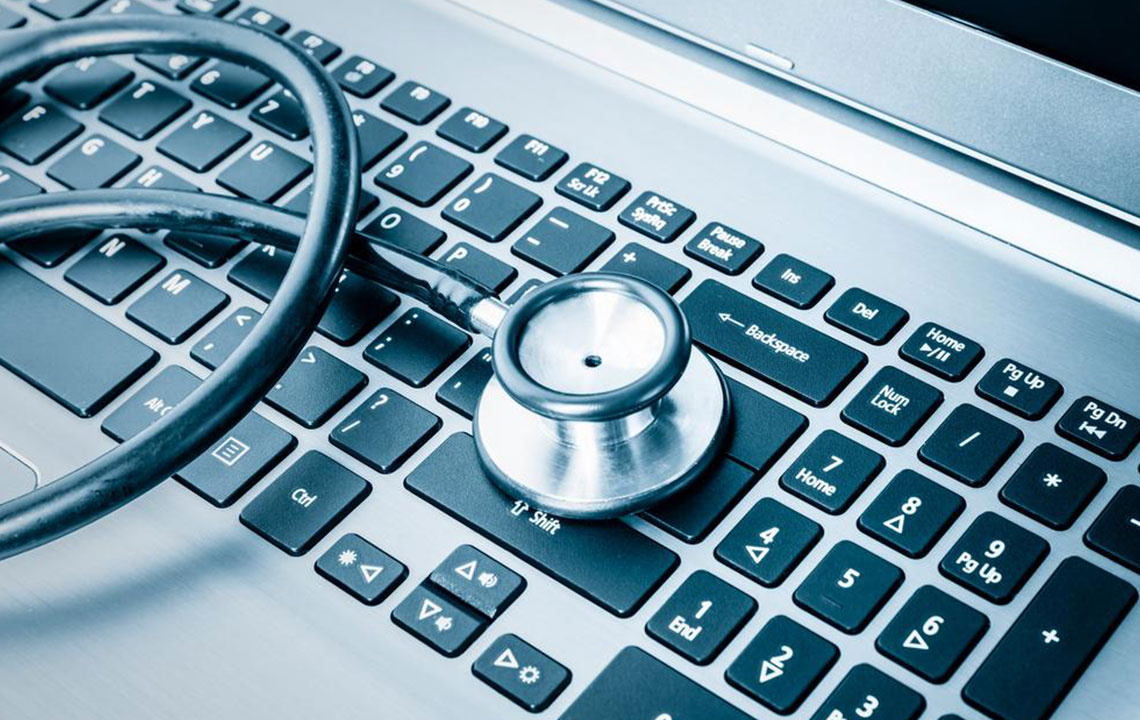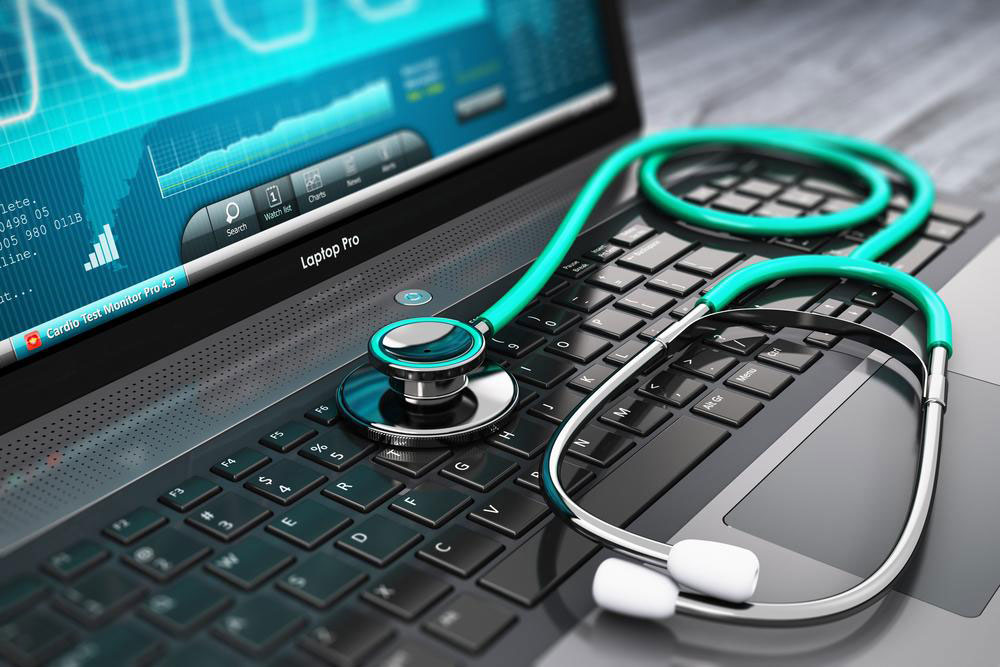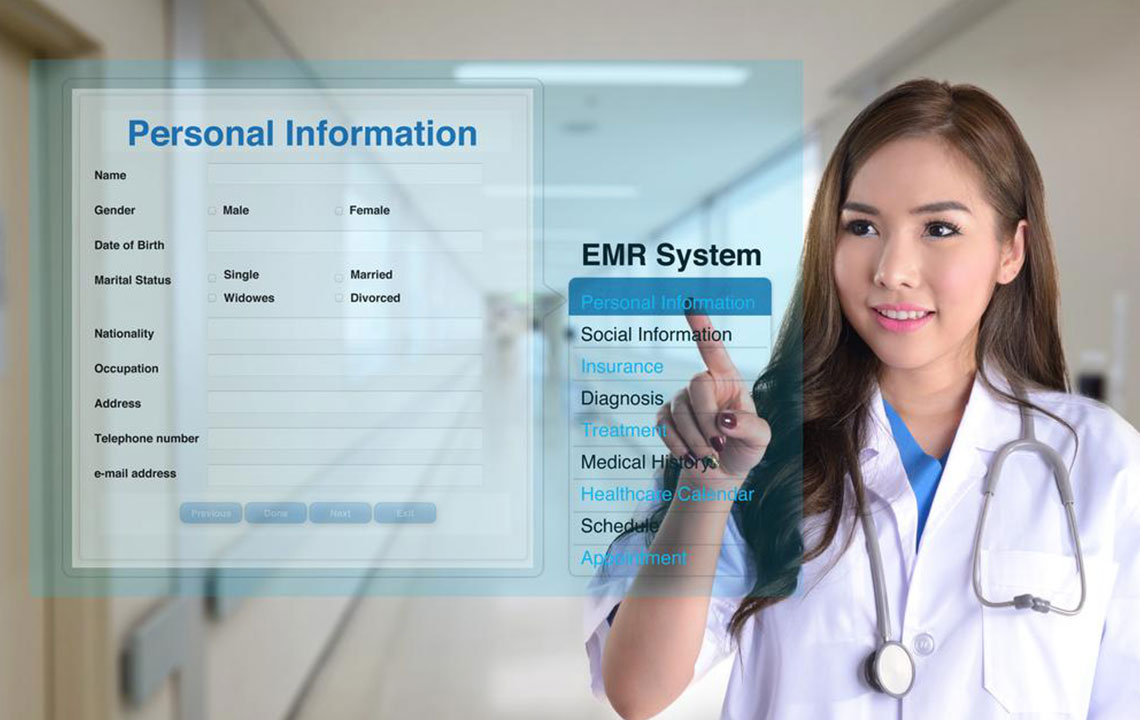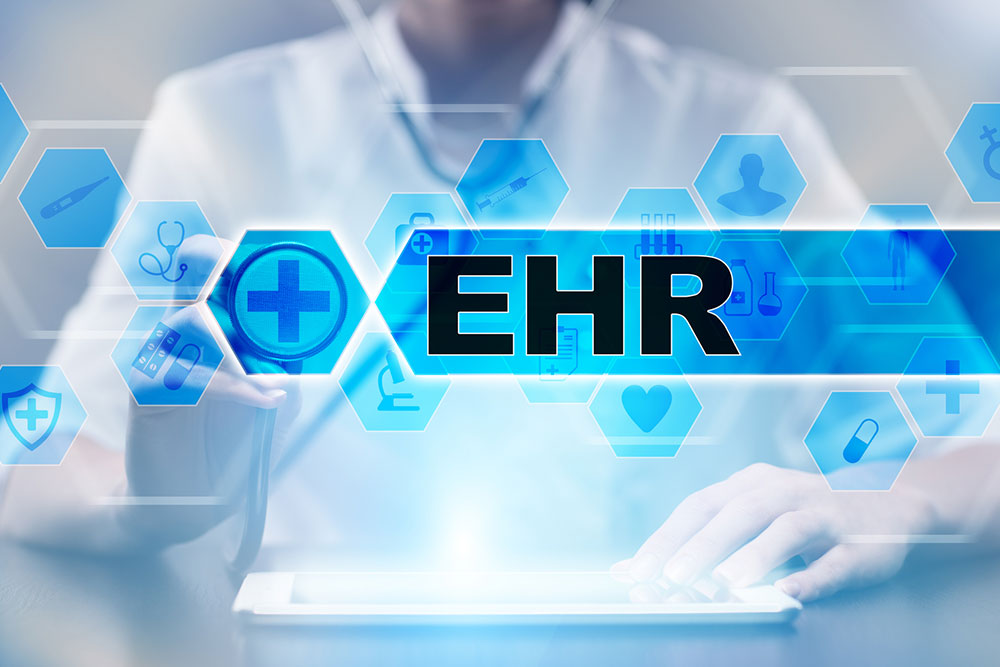Comprehensive Guide to the Differences Between EMR and EHR Systems in Healthcare
This comprehensive article explores the key differences between EMR and EHR systems, highlighting their roles, functionalities, benefits, and impact on modern healthcare. It provides insights into how these digital records improve patient care, streamline workflows, and support coordinated healthcare delivery across various settings.

Understanding the Fundamental Differences Between EMR and EHR Systems
In the rapidly evolving healthcare sector, digital records have become essential tools for enhancing patient care and streamlining administrative processes. Among these digital records, Electronic Medical Records (EMR) and Electronic Health Records (EHR) are two pivotal systems that serve distinct but interconnected functions. While the terms are sometimes used interchangeably, understanding their differences is crucial for healthcare providers, administrators, and patients alike. This comprehensive guide delves into the core distinctions, applications, benefits, and implications of EMR and EHR systems, providing clarity to those navigating the digital healthcare landscape.
Defining EMR and EHR: What Are They?
An Electronic Medical Record (EMR) is essentially a digital version of a patient’s paper chart in a clinician’s office. It encapsulates detailed information about a patient's medical history within a specific healthcare practice or facility. EMRs typically include data on diagnoses, treatment plans, test results, allergies, immunizations, and current medications. They are primarily designed for use by healthcare providers to monitor and manage individual patient care during visits.
On the other hand, an Electronic Health Record (EHR) presents a more extensive and holistic picture of a patient's health status. EHRs aggregate and organize data from multiple healthcare providers, specialists, laboratories, and pharmacies, enabling a unified view of the patient's health journey. This comprehensive approach facilitates coordinated and continuous care, making EHRs indispensable in today’s interconnected healthcare system.
Role and Functionality of EMR and EHR
EMRs are primarily used within a single healthcare practice or clinic. They document specific medical encounters, track individual patient histories, and support clinical decision-making through accessible and organized data. EMRs enable practitioners to efficiently monitor patient conditions, schedule follow-up visits, and manage ongoing treatments. However, their scope is often limited to a single organization, which can hinder the broader view necessary for comprehensive patient care.
Conversely, EHRs extend beyond individual practices by allowing information sharing across different healthcare providers and institutions. This capability promotes collaborative care, reduces redundant tests, and ensures that all relevant health data are available when needed—be it during emergencies, specialist consultations, or hospitalizations. EHRs thus serve as a vital tool in managing complex health conditions that require a coordinated effort among various healthcare providers.
Advantages and Practical Uses of EMR and EHR Systems
EMRs are particularly valuable for tracking a patient’s medical history, diagnosing current conditions, planning treatments, and managing routine screenings. They enable healthcare providers to access detailed records quickly, which enhances clinical efficiency and accuracy. For example, when a patient visits a clinic, the healthcare provider can review past diagnoses and medications, making the care process more streamlined and effective.
Meanwhile, EHR systems boast a broader scope of benefits. They facilitate seamless data sharing among different entities within the healthcare ecosystem, leading to better-informed decision-making and improved patient outcomes. In emergency situations, instant access to comprehensive health records can be life-saving. EHRs also support preventive care initiatives, chronic disease management, and population health monitoring by aggregating vast amounts of health data across various settings.
Proper implementation of both systems ensures increased patient safety, reduces medical errors, and enhances overall healthcare quality. Moreover, with the advancement of health information technology, integrating EMR and EHR systems continues to evolve, creating more interconnected and patient-centered healthcare experiences.
In conclusion, understanding the distinctions between EMR and EHR systems is essential for optimizing healthcare delivery in the digital age. While EMRs focus on individual practice management, EHRs foster coordinated care through extensive data sharing. Both tools are indispensable in enhancing clinical workflows, improving patient outcomes, and advancing the overall efficiency of healthcare services.





